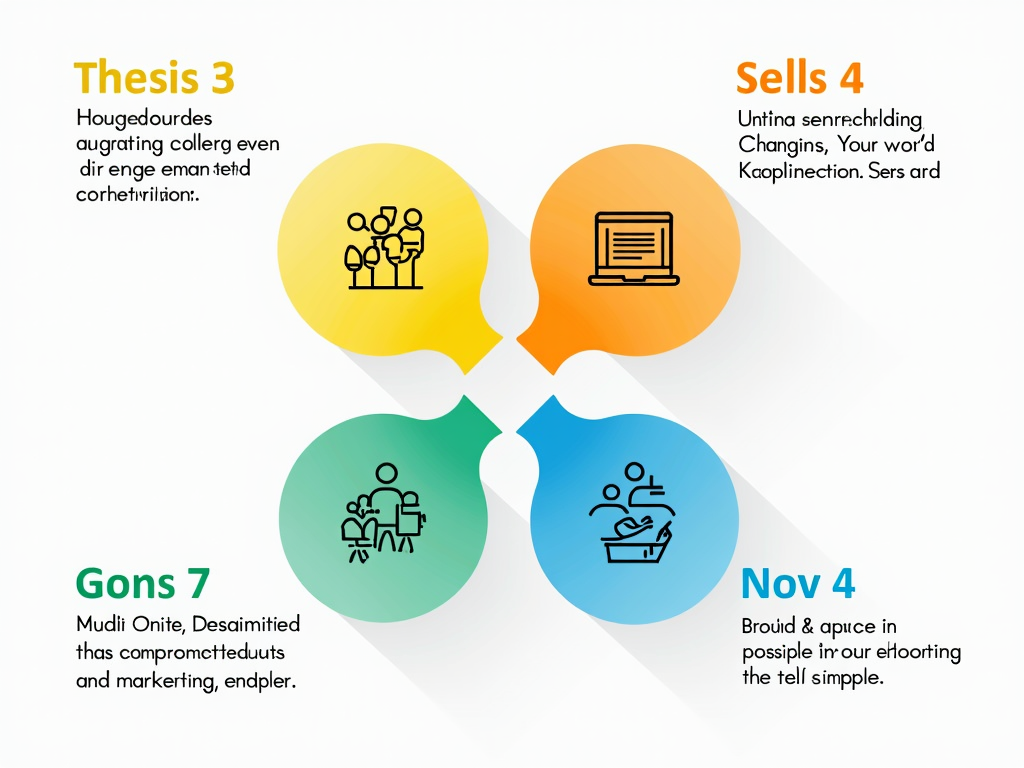Effective communication is the backbone of great management. It builds trust, lifts team spirit, and boosts productivity. But it’s not always easy—especially with diverse teams or sensitive issues like workplace accommodations for chronic conditions. This article shares practical strategies to help managers communicate clearly and support everyone.
Foundations of Effective Communication
Great communication starts with understanding. As a manager, you need to listen well, speak clearly, and notice what’s not being said. These skills shape your team’s success.
-
Active Listening: Focus fully on the speaker. Once, during a meeting, I saw an employee pause before sharing an idea. I leaned in, listened, and encouraged them. Their idea solved a big problem.
-
Clear Messaging: Keep it simple and direct. Ask questions to make sure everyone gets it.
-
Non-Verbal Cues: Watch body language and tone. A slouched posture or quiet voice can say more than words.

Tailoring Communication for Diverse Teams
Every person hears and responds differently. Some like straight talk; others need encouragement. Matching your style to their needs makes communication work better.
Here’s a table of styles:
| Style | What It Looks Like | When It Works Best |
|---|---|---|
| Direct | Short and blunt | Quick decisions or clear tasks |
| Analytical | Full of facts and details | Solving problems or planning |
| Supportive | Warm and caring | Building trust or solving disputes |
| Expressive | Big energy and ideas | Sparking creativity or motivation |
For example, I once explained a project to a detail-loving team member with charts. They loved it and nailed the task.

Communicating About Sensitive Topics
Talking about workplace accommodations for chronic conditions takes care. Conditions like chronic fatigue or Chronic FPIES (Food Protein-Induced Enterocolitis Syndrome) affect people deeply. Chronic fatigue drains energy, while Chronic FPIES Symptoms involve food reactions needing strict diets.
-
Learn the Basics: Know what the condition means. Chronic fatigue might need rest breaks; Chronic FPIES might need a safe lunch space.
-
Keep It Private: Talk one-on-one, not in front of others.
-
Show You Care: Ask how you can help instead of guessing.
-
Be Clear: Agree on what’s needed and how it’ll work.
I’ve had team members with chronic fatigue who thrived with flexible hours. Understanding their needs made all the difference.

Leveraging Technology for Better Communication
Technology can make communication easier, especially for remote teams or those with unique needs.
-
Team Tools: Apps like Slack keep everyone in the loop with messages and files.
-
Video Calls: Tools like Zoom bring people face-to-face, even miles apart.
-
Helpful Features: Captions or text readers assist employees with disabilities.
For someone with chronic fatigue, tools that let them work when they’re strongest—like email or shared docs—can be a game-changer.

Feedback and Continuous Improvement
Communication gets better when you listen to your team. Ask what they think—it builds trust and fixes problems.
Once, I set up a new update system. It felt smooth to me, but feedback showed it overwhelmed some people. We tweaked it together, and it worked better for all.
Try quick check-ins or short surveys. It keeps your approach fresh and team-focused.

Summary
Being a great manager means mastering communication. Listen well, adjust to your team, handle tough talks with care, use tech smartly, and always ask for feedback. These steps build a workplace where everyone feels valued. Keep practicing—communication is a skill you can grow forever.
Discuss Here